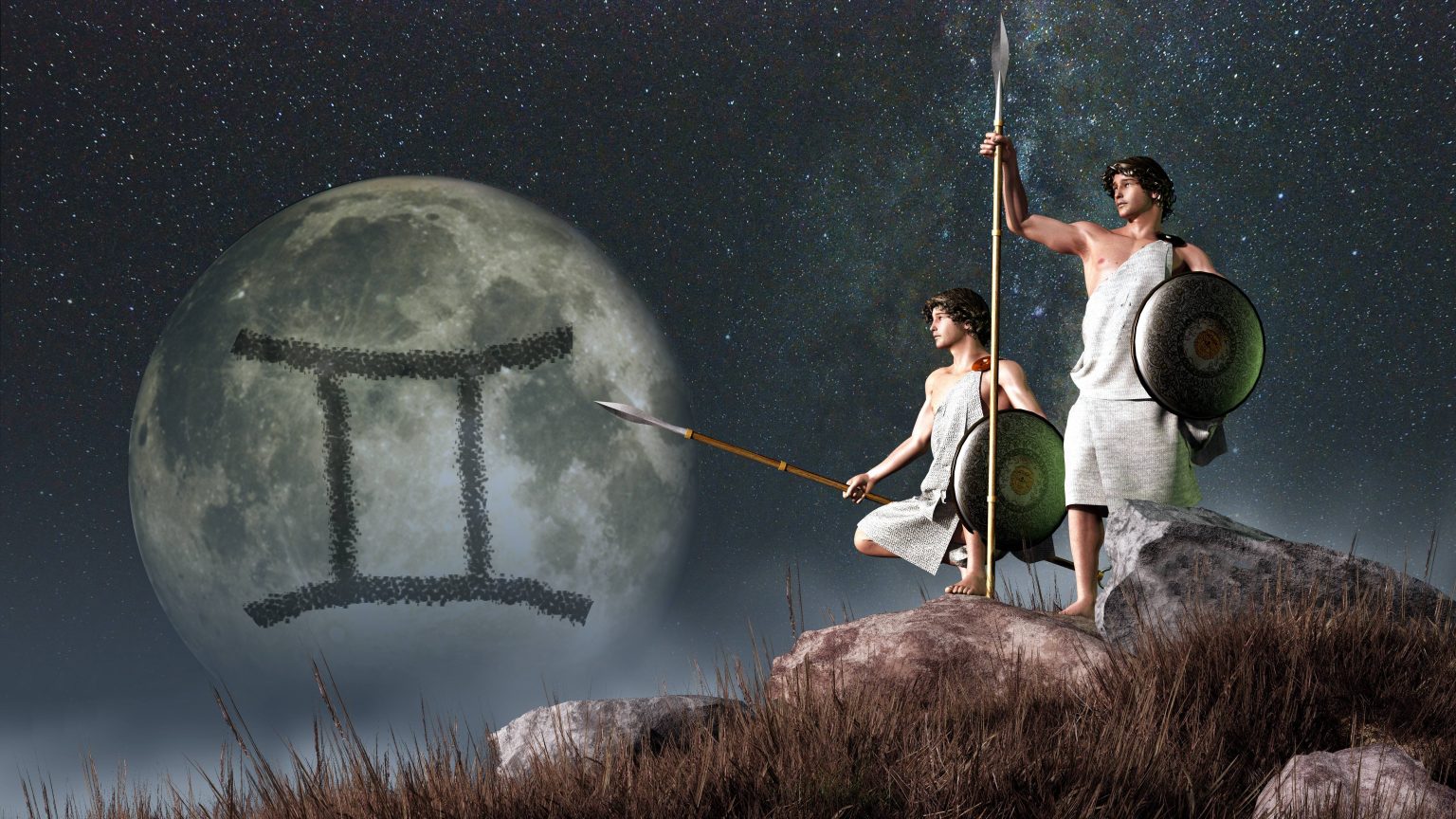
The zodiac Gemini is most commonly associated with astrology. But there’s more to this constellation than just fortune-telling! Both legends and science have their own associations with Gemini, and many Geminis have also earned their own places in history. Learn more with these 50 Gemini facts!
- 01Seventeen stars traditionally make up the constellation of Gemini.
- 02Modern astronomers have since discovered that Gemini actually includes 85 stars.
- 03They have also discovered that eight of Gemini’s stars have planets orbiting them.
- 04Pollux makes up the brightest star in Gemini, with a magnitude of 1.14.
- 05Astrologers associate Gemini with people born between May 21 and June 21.
The modern constellation of Gemini has its roots in a Greek legend.
Specifically, to the myth of Castor and Pollux, the twin children of Queen Leda of Sparta. Leda slept with both Zeus and her husband, King Tyndareus of Sparta, at different times on the same night. Castor had the king as his father, while Pollux had Zeus as his.
Despite their differences, Castor and Pollux grew up very close with each other. So much so that when Castor died, Pollux pleaded to his father to bring him back. Zeus initially refused, instead offering Pollux immortality and a place with the gods at Olympus. Castor refused Zeus’ offer, and once again asked his father to return his brother instead. Zeus finally relented, reuniting Castor and Pollux together in the heavens as the constellation of Gemini.
The Babylonians had a different version of Gemini.
They called the stars the Great Twins but saw the constellation as two versions of the same god. They named the twins Lugal-irra, meaning “The Mighty King”, and Meslamta-ea, meaning “The One Who Has Arisen from the Underworld”. The Babylonians also saw both gods as aspects of Nergal, the god of plague, and husband of Ereshkigal, goddess of the dead.
The twins stood guard at the gates of the Underworld, keeping the dead from the living and the living from the dead. This led the twins to also become worshiped as guardian gods of gates, doors, and passageways across Mesopotamia.
The Chinese also had their versions of Gemini.
They saw and arranged the stars into two different constellations, and no longer as twins. Instead, the constellations became two out of four guardian beasts of the cardinal directions. Specifically, Baihu, the White Tiger of the West, also known as Byakko in Japanese, and Baekho in Korean.
The second constellation became Zhuque, the Vermillion Bird of the South, known as Suzaku in Japanese, and as Jujak in Korean. Both constellations have their own associations with Oriental mysticism. Baihu is associated with the element of metal and the autumn season. Zhuque, on the other hand, is associated with the element of fire, as well as the summer season.
Various other constellations neighbor Gemini.
These include two other constellations of the zodiac, Taurus to the west, and Cancer to the east. Auriga the Charioteer neighbors Gemini to the north, along with Lynx, named after the animal of the same name. Monoceros the Unicorn and Canis Minor, the second and smaller of Orion’s two dogs, both neighbor Gemini to the south.
Orion the Hunter neighbors Gemini to the southwest, along with his first and bigger dog, Canis Major. As for the positions of the twins themselves, Castor makes up the eastern part of the constellation. Similarly, Pollux makes up the western part of the constellation.





